After two whole years, Xiaomi has finally updated its tablet lineup. Originally launched in China back in April, the Xiaomi Pad 6 has officially arrived in the Philippines. The Xiaomi Pad 6 is the successor to the Xiaomi Pad 5, a great tablet considering its price and performance. The question now: Is the Xiaomi Pad 6 a worthy successor?

Design: 4/5
When I reviewed the Xiaomi Pad 5, I said that it feels premium. The Xiaomi Pad 6 continues that trend with its Aluminum alloy body. Our review unit came in the Mist Blue color, which leans towards a metallic shade thanks to the all-metal body. The Xiaomi Pad 6 also takes design cues from the Xiaomi 13-series smartphone — just look at that camera bump.

The Xiaomi Pad 6 has an 11-inch WQHD+ (2880 x 1800) IPS LCD display. The display also has a maximum 144Hz refresh rate which you can take full advantage of when gaming. Where the display shines, though, is its output support for Dolby Vision as well as 99% DCI-P3 coverage.

The whole tablet is portable, coming in at 490g light and 6.51mm thin. It’s slightly smaller and lighter compared to the Xiaomi Pad 5, though the difference is hardly noticeable.
When oriented to landscape mode, you will find the volume rocker on top as well as the mic holes. There’s also the well-blended-in magnet to hold and charge the Xiaomi Smart Pen stylus. On the sides are the quad speakers. The USB-C charging port is located on the right side. Finally, a massive change is the removal of the pins to connect the Xiaomi keyboard cover. The pins have been transferred to the back; as well as the 13-megapixel camera main camera. The front camera has also been moved, this time centered in landscape orientation, unlike the previous model that had it centered in portrait mode.
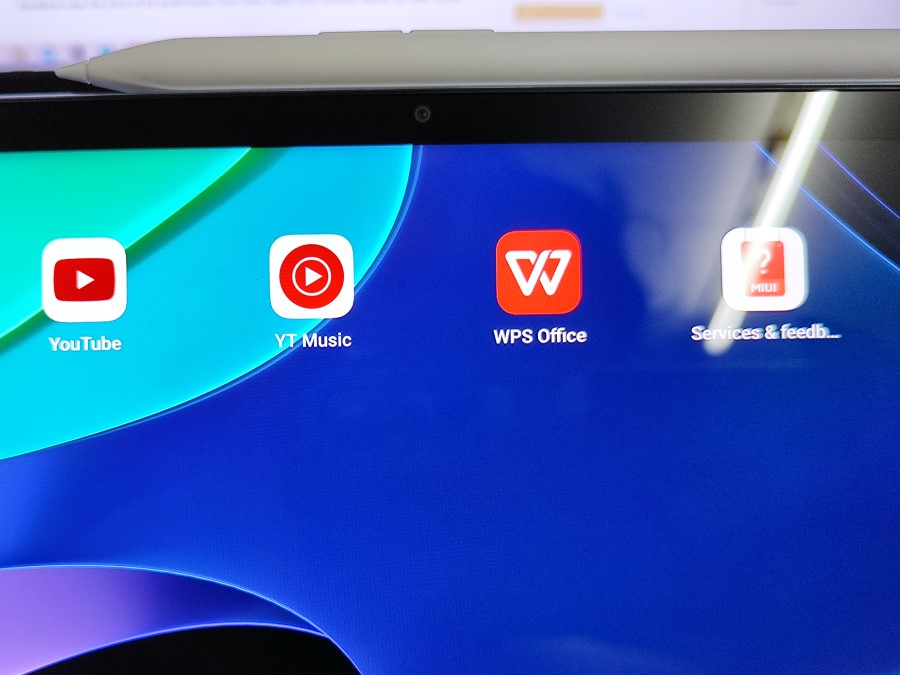
Hardware: 4/5
One thing that I noticed about the Xiaomi Pad 6 is its use of an older processor. It’s powered by a Qualcomm Snapdragon 870 processor. Our unit had 8GB of RAM and 128GB of internal storage. There’s also a memory extender feature that transforms extra storage space into RAM for the time being. Out of the box it was set to 3GB by default, but you can still bump that to 5GB, lower it to 2GB, or turn it off outright.
In terms of benchmarks, it earned 760035pts on Antutu V10; 765 single core and 2579 multi-core in GeekBench 6; 11789 for PCMark; and finally the Adreno graphics earned 2884 on 3Dmark Wild Life. Basically, the older Snapdragon 870 is not the fastest processor available, but it still has some kick for handling most tasks, even gaming.
Speaking of gaming, I tried Genshin Impact, and it handled it quite well, and was able to run on the highest setting at 60fps without any massive hiccups. There were still some sudden frame drops during heavy battling, but these did not last very long.
It has an 8840mAh battery, which lasted around two days of moderate use. I just typically used it for opening emails, a bit of browsing, and maybe a few minutes of games here and there. When it ran out, a 33W charger can juice up the device in just over an hour and a half.
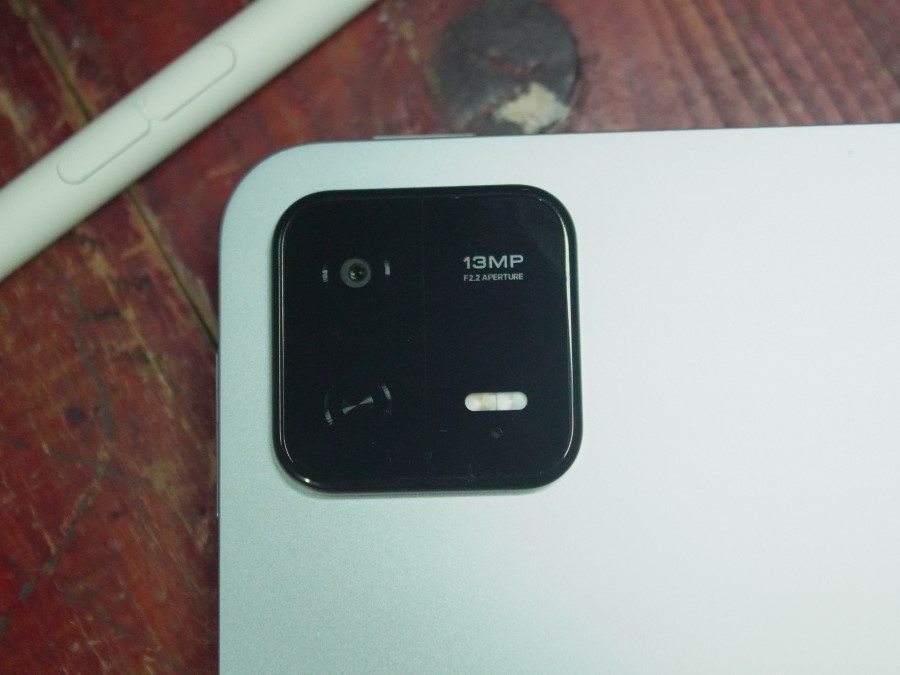
In the camera department, the Xiaomi Pad 6 has a 13-megapixel main shooter at the back and an 8-megapixel selfie camera. Photos from the main camera came out great. The selfie camera is also decent; since the update of its location, taking conference calls is better as you’re now facing center and looking directly into the other speaker’s eyes.
Here are some sample shots from the rear camera:


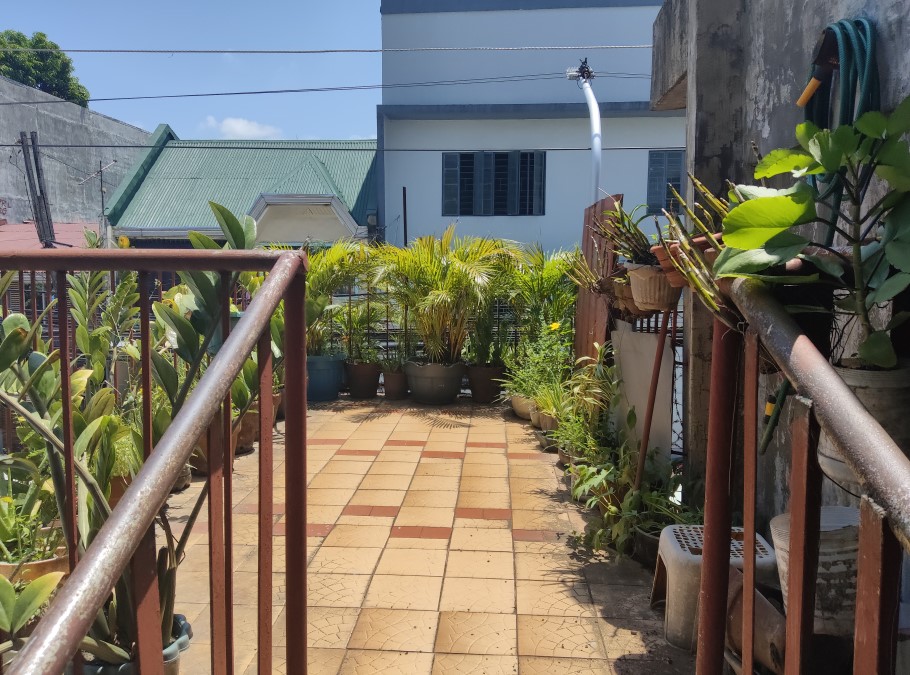
Xiaomi also loaned us the second-generation Xiaomi Smart Pen stylus as well as the Xiaomi Pad 6 keyboard case and a Xiaomi Pad 6 cover case.
As someone who’s been using the Xiaomi Pad 5 with the Xiaomi Pen and keyboard cover, I can say that there are some slight improvements in the newer versions. The stylus is a bit slimmer and easier to hold than the older one, while the keyboard now feels a bit more solid with better typing feel.
User Experience: 4/5
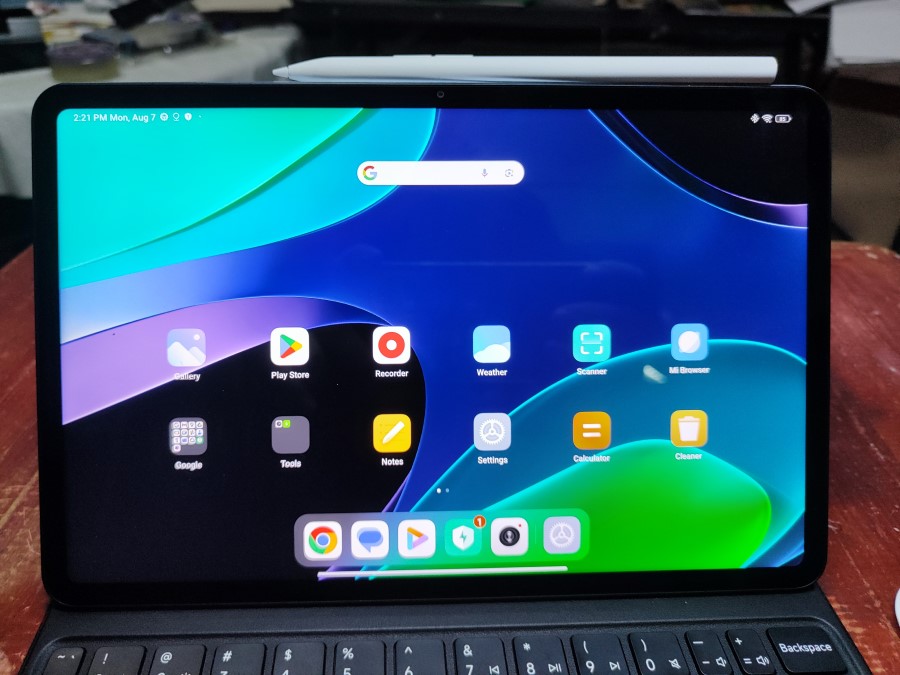
During my time with the Xiaomi Pad 6, I found that it resembles my Xiaomi Pad 5, albeit with minor changes. These are the stylus, the camera placement, and the new keyboard case, and maybe even the bigger RAM to some extent.
As I mentioned during my first impressions article, I bought a Xiaomi Pad 5 and have been using it since it came out back in October 2022 (when the pre-orders arrived). I mainly use it for my post-grad studies using it for my readings and note-taking. Honestly, I found that it can rival the Apple iPad for most use-case scenarios.
In terms of media consumption, the Xiaomi Pad 6 is great. Like my Xiaomi Pad 5, it’s a joy to bring by the bedside for binge-watching some Netflix or Disney+ before going to bed. Although not an AMOLED display, it is still vibrant. The audio experience is great, too — thanks to the quad speakers and Dolby Atmos support.
A massive upgrade on the Xiaomi Pad 6 over its predecessor is the USB-C port update. The Xiaomi Pad 5 only had USB 2.0 ports, while the Xiaomi Pad 6 now has USB-C 3.2. This means you can connect a dongle and have a display output, handy for school or work presentations.
For the included accessories, the Xiaomi Smart Pen (2nd Gen) feels great to use compared to the original. The slimmer body makes it a bit easier to hold than the first one. It still has 4096 pressure sensitivity points, but somehow it’s much more responsive than the first gen. The only weird part is that the Xiaomi Pad 6 only recognizes the newer generation and not the older pen, but the Xiaomi Pad 5 recognized the 2nd gen Xiaomi Smart Pen.
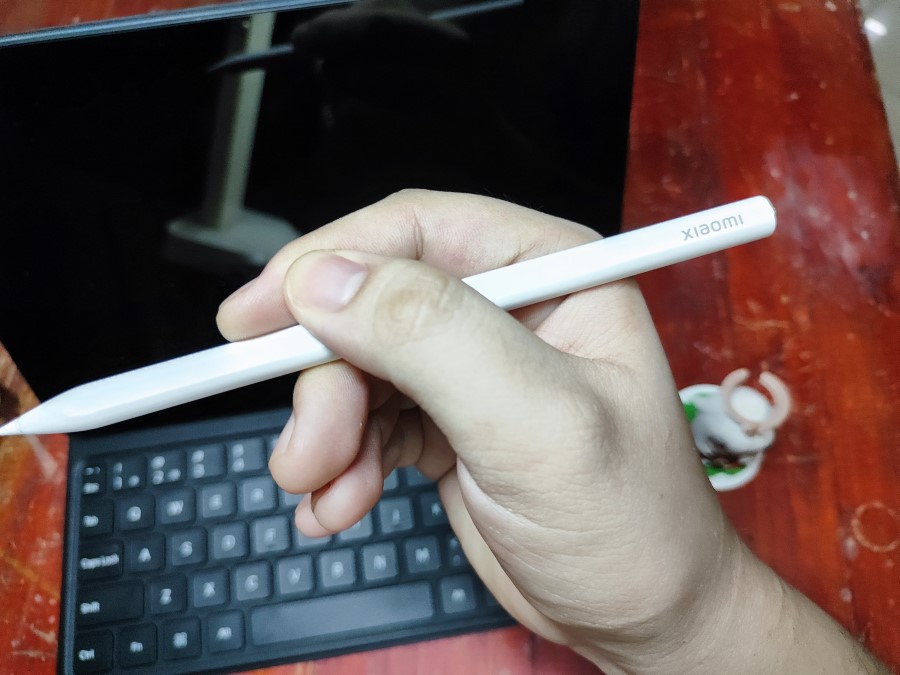
The new Xiaomi Keyboard case is also better than the previous generation. One issue I found in the older generation is that the tablet would something fail to recognize the keyboard, and you would need to reattach it to work. Here there’s no such issue since the pins are always connected at the back.
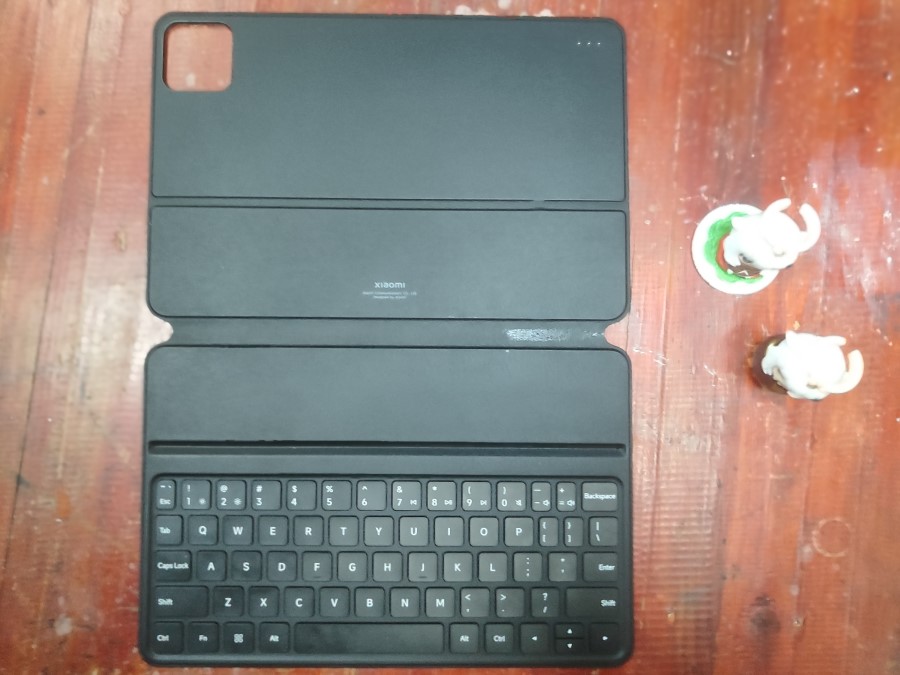
The only thing I think that’s preventing the Xiaomi Pad 6 from being a laptop replacement is the lack of a dedicated PC mode. The Xiaomi Pad 5 was able to run a PC Mode when it came out but was subsequently patched out (it was a third-party port). I was hoping that with the Xiaomi Pad 6, Xiaomi would have finally brought that back, but alas, no official PC mode yet.
Now, is the Xiaomi Pad 6 worth the upgrade from the Xiaomi Pad 5? Honestly, no. Both perform similarly, so if, like me you own earlier version, I would hold out for a bit longer.
Value: 4.5/5
The Xiaomi Pad 6 retails for PHP20,999 for the 8GB + 128GB variant and PHP21,999 for the 8GB + 256GB variant. It’s a bit more expensive at launch than its predecessor, as the Xiaomi Pad 5 came out at PHP19,990 for its highest spec’ed 6GB + 256GB variant. Take note that the accessories (Xiaomi Smart Pen and Xiaomi Keyboard case) are sold separately. The Xiaomi Smart Pen sets you back PHP3,999 and the Xiaomi Pad 6 keyboard costs PHP3,499.
That said, if your looking for a tablet right now, the Xiaomi Pad 6 is still a definite recommendation, especially if you catch the early bird pricing from August 11 to 20 that lowers the price to PHP17,999 for the 128GB variant and PHP19,999 for the 256GB version. The Xiaomi Smart Pen and Xiaomi Pad 6 keyboard also have early bird prices of PHP2,799.30 and PHP 2,449.30, respectively. For anyone looking for an all-around Android tablet, look no further than the Xiaomi Pad 6.
The Xiaomi Pad 6 and its accessories are available in Xiaomi’s official Lazada, Shopee, and Tiktok stores. It’s also available in official Xiaomi stores and resellers starting August 11.
What’s hot:
- Great value
- Great display and sounds
What’s not:
- Missed opportunity with the lack of dedicated PC Mode.
Specs:
- Display: 11-inch WQHD+ (2880 x 1800) IPS LCD display with 30Hz-144Hz refresh rate, 99% DCI-P3 coverage, supports Dolby Vision® and TÜV Rheinland certified Low Blue Light
- Processor: Qualcomm Snapdragon 870
- Operating System: MIUI Pad 14
- Memory & Storage: 8GB + 128GB (up to 256GB)
- Connectivity: USB 3.2 Gen 1, BLUETOOTH 5.2, Wi-Fi 6
- Audio: Doly Atmos quad speakers, 2 microphones with dual-mic noise cancellation
- Camera: 13MP rear camera, 8MP front camera
- Dimensions (LxWxD): 254 x 165.2 x 6.5 mm
- Weight: 490g
- Battery: 8840mAh (typ) battery with 33W fast charging
Bottomline:
- A solid choice for someone looking for a tablet.
